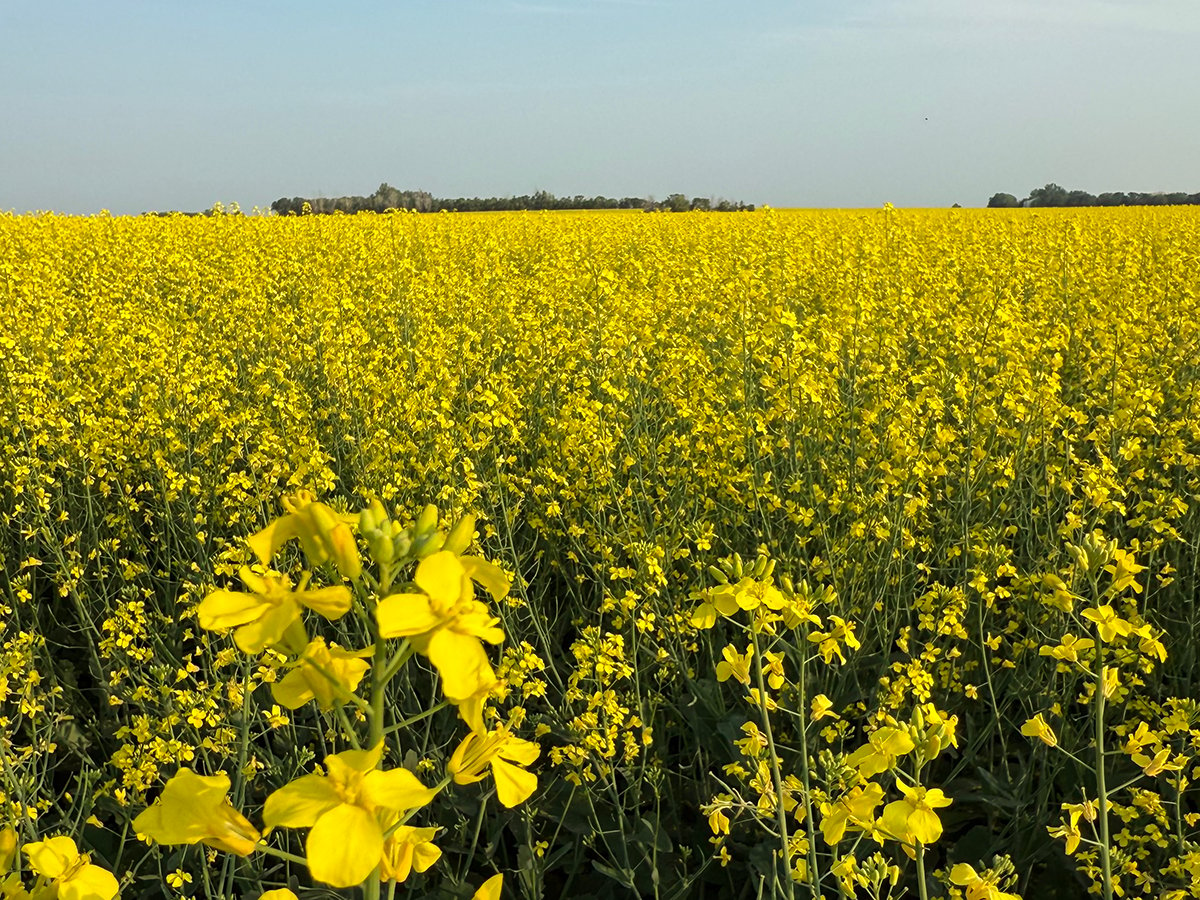One of Canada’s largest organic certification bodies says the country’s
proposed new national organic standard is deeply flawed to the point of
being fraudulent.
The Canadian General Standards Board is revising the national standard
to facilitate trade with the European Union, the United States and
Japan. The 43 members of the Committee on Organic Agriculture recently
voted on a draft new standard.
OCPP/Pro-Cert Canada Inc. is one of 18 committee members that voted
against implementing the revised standard. Seventeen voted in favour of
Read Also

Canola support gets mixed response
A series of canola industry support measures announced by the federal government are being met with mixed reviews.
it, two abstained and six didn’t return their ballots.
“What’s happening is what I would describe as a quick and dirty
process,” said Wally Hamm, director of OCPP/Pro-Cert, which certifies
1,200 Canadian producers and processors.
His biggest gripe with the proposed new standard is the large list of
permitted substances, which he said was mainly swiped from the U.S.’s
National Organic Program.
Hamm said that list is far too inclusive, allowing things such as
animal byproducts, blood, bone meal and fertilizers to be used on
organic farms.
“Organic agriculture is not about substance use, it’s about not using
substances,” the high profile certifier said.
“The consumer is of the opinion that we don’t use substances in organic
agriculture to produce organic food. This particular draft (of the
standard) would belie that suggestion and that’s why I’ll never vote
for it.”
Hamm said while Americans may accept the proposed new standard, the
Europeans will balk at the permitted substance list, which could sink
equivalency negotiations with the EU.
Paul Sereda, assistant director of horticulture with Agriculture
Canada, said that has yet to be determined.
“That’s a preliminary judgment on his part because we haven’t submitted
anything to them yet to get any reaction from them, so we don’t know
exactly what they are going to say.”
Sereda pointed out that Hamm is talking about a draft standard that has
yet to be approved by the Standards Council of Canada.
The committee has only had one vote on the proposed new standard. There
is lots of time for revisions, he said.
The Canadian General Standards Board will attempt to placate opponents
by drafting resolutions that address their concerns. A second vote may
be necessary, but there doesn’t have to be 100 percent consensus for
the proposed new standard to pass.
Hamm said he has been raising objections about the permitted substance
list since March to no avail and doubts whether Agriculture Canada and
the Canadian General Standards Board will ever address the issue.
One of his biggest concerns is that the new standard “falsely implies”
that Canada has a committee that will review the permitted substance
list on a regular basis and make additions or subtractions.
“It’s totally false and to go to Europe with that kind of a document is
at best amateurish and at worst fraudulent,” he said.
“We’re basically going to mislead the Europeans with this document.”
Sereda said the Pest Management Regulatory Agency has approved many of
the substances on the list through its role as a federal regulator.
PMRA has also reviewed the new standard and will be offering its
commentary on the permitted substance list to committee members for
their review.
The Canadian General Standards Board said it is not unusual for a
standard of this complexity to fail to obtain consensus approval on the
first vote. If a second vote is required, it will likely occur in
January 2003.















